Acer 315 15.6″ Celeron 4GB/32GB Chromebook, 15.6″ HD Display, Intel Celeron N4000, 4GB LPDDR4, 32GB eMMC, Protective Sleeve, Chrome OS – CB315-3H-C2C3
Google Classroom Compatible! Acer Chromebook 315 CB315-3H-C2C3 – 15.6″ – Celeron N4000 – 4 GB RAM – 32 GB eMMC –

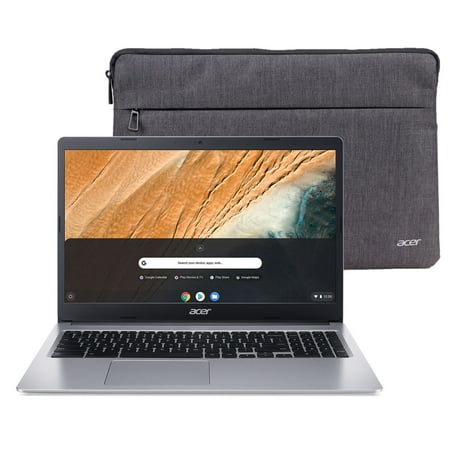
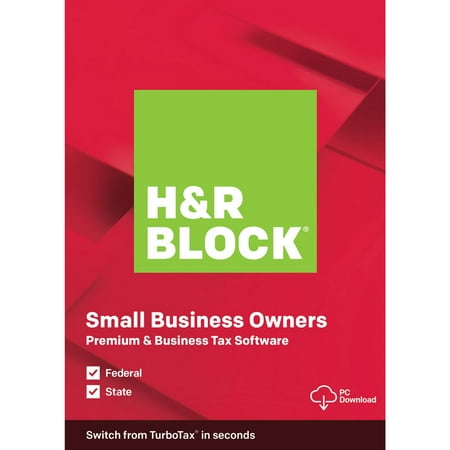
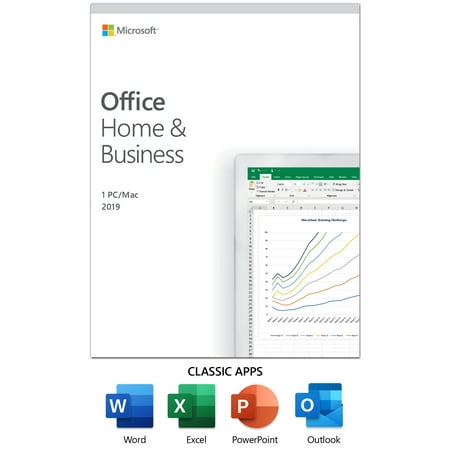
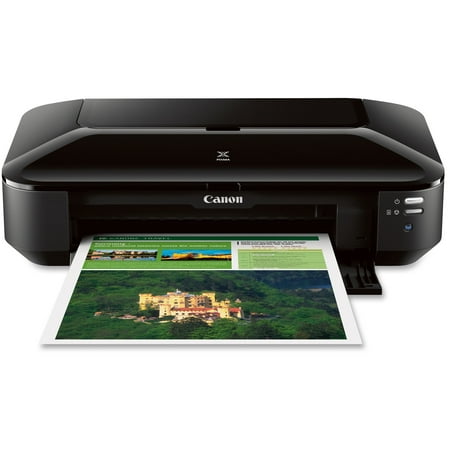
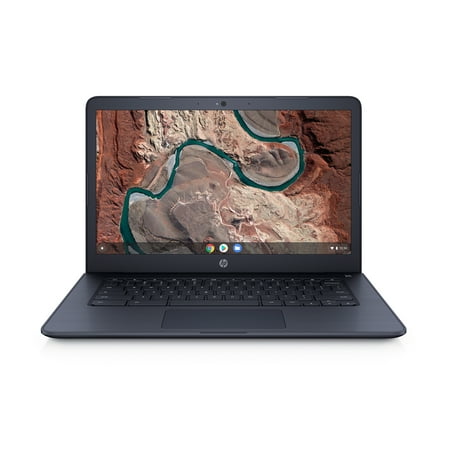





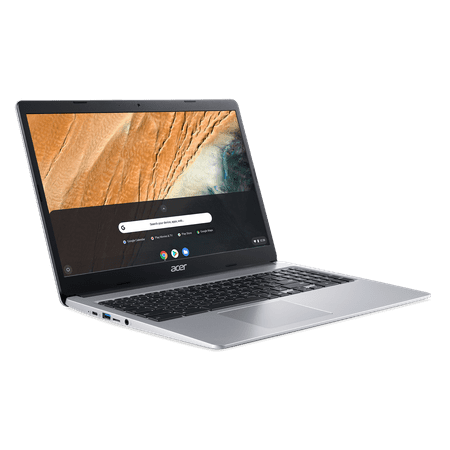

Reviews
There are no reviews yet.